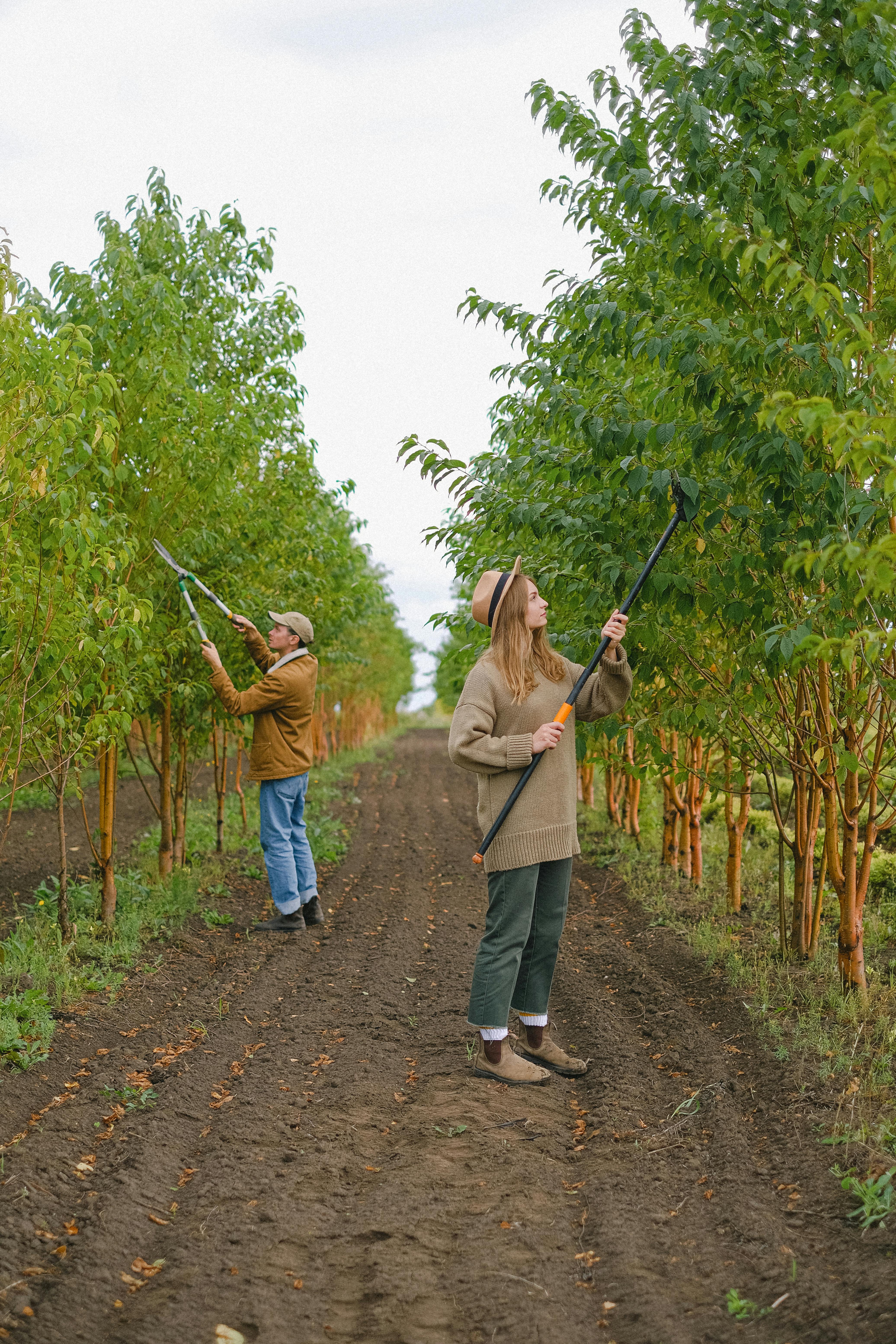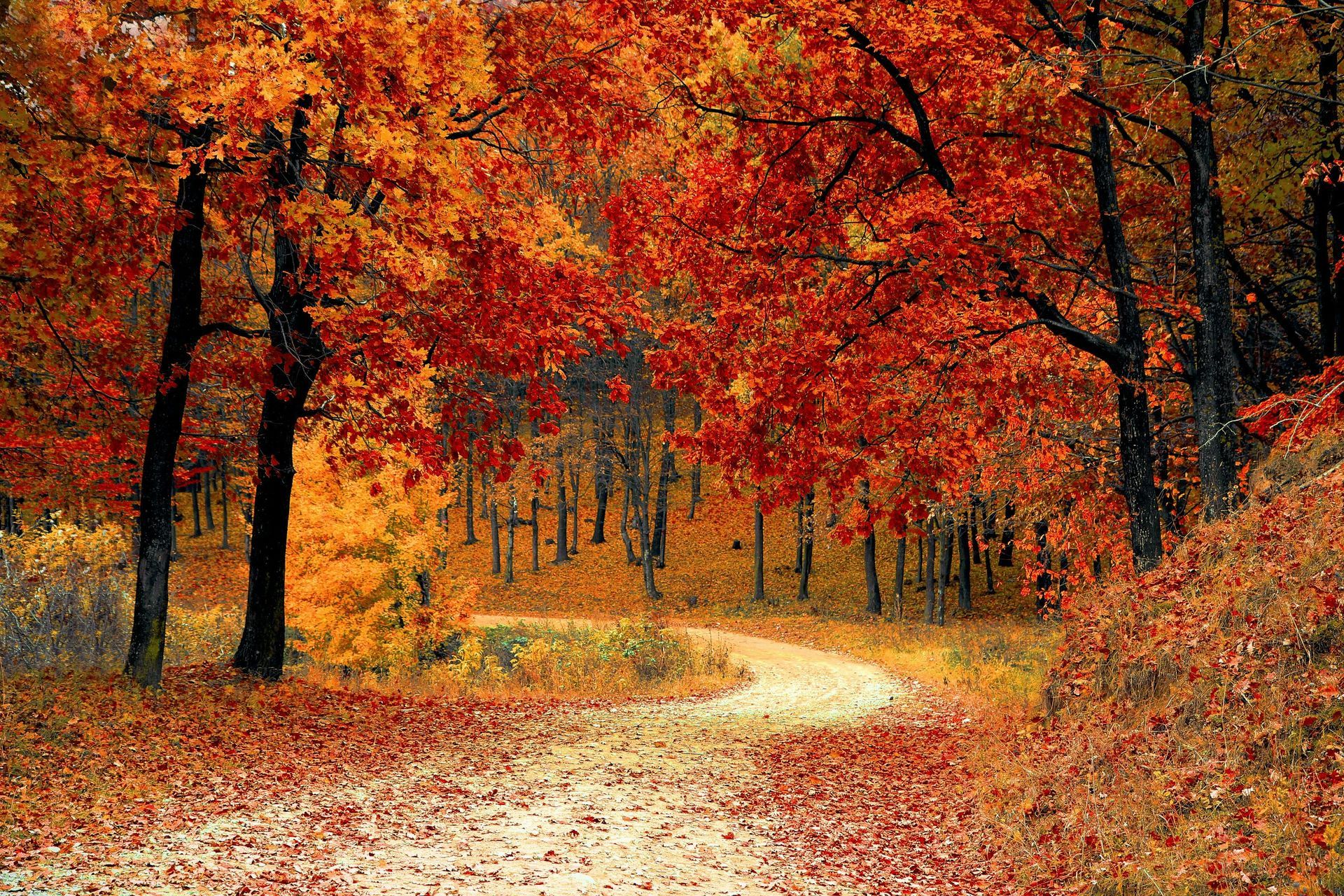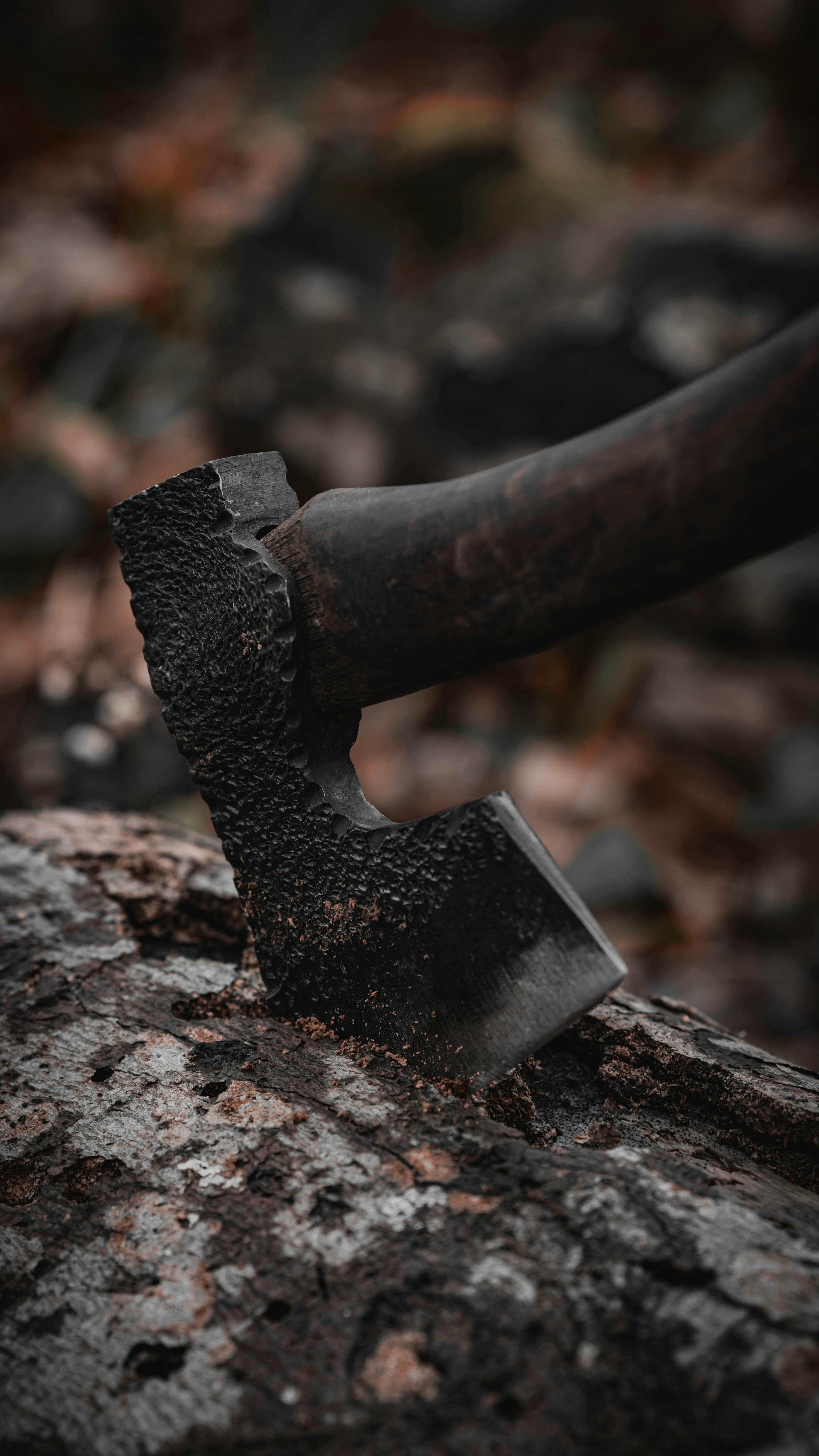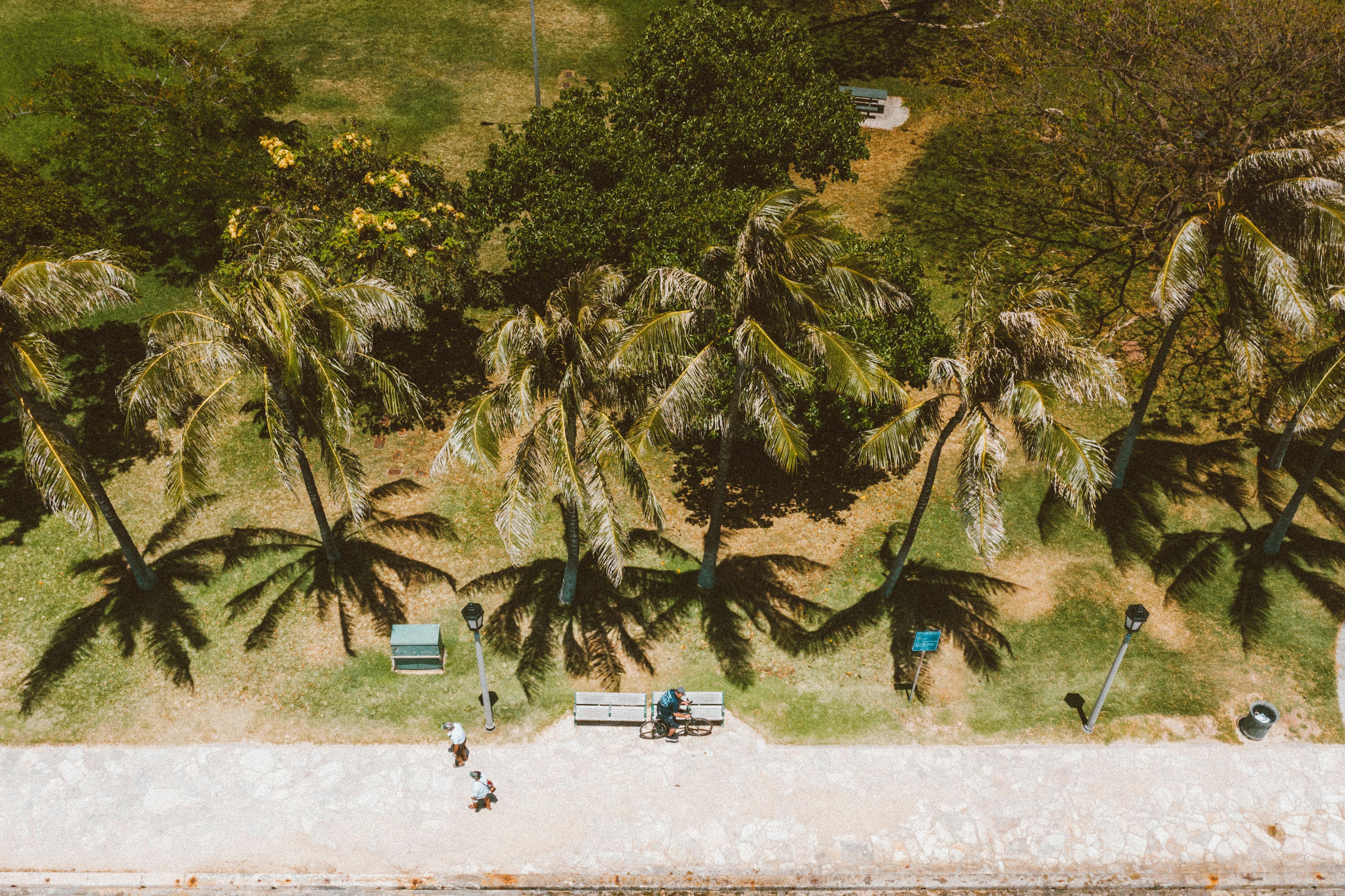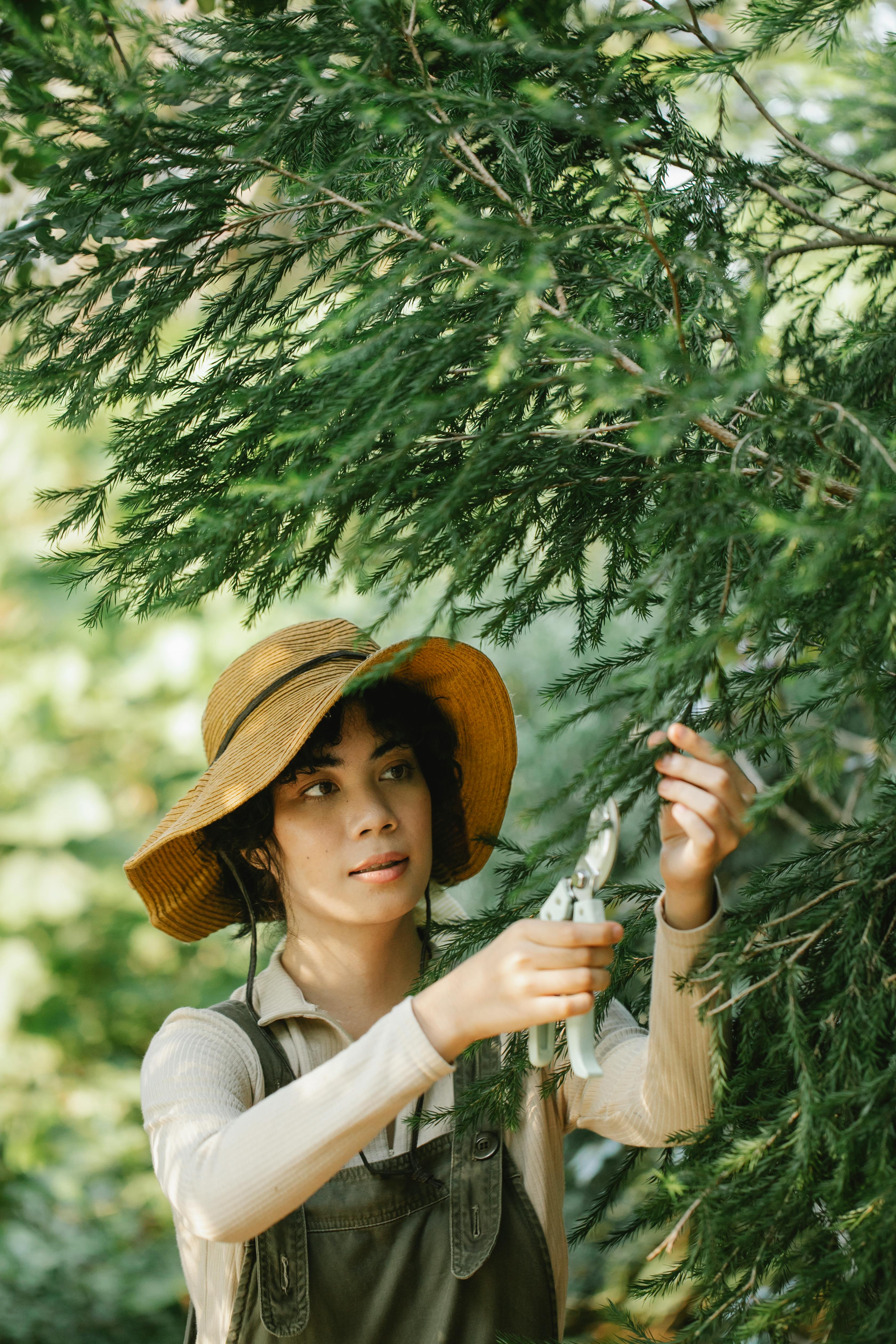Fricke's Tree Service
Discover the Perfect Shade Trees for Your Space
Best Trees for Shade
Introduction
When it comes to creating a comfortable outdoor space, shade trees play a crucial role in enhancing the overall experience. Not only do they provide much-needed relief from the harsh sun, but they also significantly enhance the beauty and aesthetic appeal of your landscape. In this comprehensive guide, we will explore the best trees for shade, taking into account various factors such as growth rate, size, and maintenance requirements. Whether you have a sprawling large yard or a quaint small garden, there’s undoubtedly a perfect shade tree that will suit your needs and preferences.Why Plant Shade Trees?
Shade trees offer a multitude of benefits that can greatly improve your outdoor environment, including:- Cooling Effect: They effectively lower temperatures around your home, which can significantly reduce the need for air conditioning during hot summer months.
- Energy Savings: Strategically placed trees can lead to substantial savings on energy bills by providing natural cooling.
- Wildlife Habitat: Shade trees create a welcoming habitat, providing shelter and food for various birds, insects, and small animals.
- Aesthetic Appeal: Shade trees enhance the beauty of your landscape, adding character and charm to your outdoor space.
Factors to Consider When Choosing Shade Trees
Before selecting a shade tree for your property, it is essential to consider the following factors to ensure you make the best choice:- Climate: Ensure that the tree species you choose is suitable for your local climate conditions, as this will affect its growth and health.
- Soil Type: Different trees thrive in different soil conditions, so it’s important to know what type of soil you have in your yard.
- Space: Consider the mature size of the tree and the available space in your yard to avoid overcrowding.
- Maintenance: Some trees require more care and attention than others, so choose one that fits your lifestyle and maintenance preferences.
Top Shade Trees
1. Oak Trees
Oak trees are a classic choice for shade and are revered for their strength and longevity. They are a staple in many landscapes and provide a robust canopy.- Types: Common varieties include White Oak, Red Oak, and Live Oak.
- Height: Can grow impressively tall, reaching heights of up to 60 feet.
- Spread: They have a wide canopy that provides ample shade for large areas.
- Maintenance: Generally low maintenance; occasional pruning is needed to maintain their shape.
2. Maple Trees
Maple trees are popular not only for their shade but also for their stunning fall colors and dense foliage, making them a favorite among homeowners.- Types: Notable varieties include Sugar Maple, Red Maple, and Silver Maple.
- Height: Typically range from 40 to 75 feet tall.
- Spread: They have a broad canopy that is ideal for providing shade.
- Maintenance: Moderate; they require regular watering, especially during dry spells.
3. Elm Trees
Elm trees are known for their graceful shape and adaptability to various environments, making them a popular choice for shade.- Types: Common varieties include American Elm and Siberian Elm.
- Height: Can reach impressive heights of up to 80 feet.
- Spread: They have a wide canopy that provides excellent shade coverage.
- Maintenance: Low; they are resistant to many diseases, making them easier to care for.
4. Sycamore Trees
Sycamore trees are known for their rapid growth and ability to provide a large amount of shade, making them ideal for larger properties.- Height: Can grow up to 100 feet tall, making them one of the tallest shade trees.
- Spread: They have a wide canopy that is perfect for covering large areas.
- Maintenance: Moderate; they require regular pruning to maintain their shape and health.
5. Birch Trees
Birch trees are celebrated for their striking white bark and delicate leaves, adding a unique aesthetic to any landscape.- Types: Common varieties include River Birch and Paper Birch.
- Height: Typically range from 30 to 70 feet tall.
- Spread: They have a moderate canopy that provides good shade coverage.
- Maintenance: Low; they require minimal care and are relatively easy to grow.
6. Ash Trees
Ash trees are robust and provide excellent shade, making them a great addition to any yard.- Types: Common varieties include Green Ash and White Ash.
- Height: Can grow up to 60 feet tall.
- Spread: They have a wide canopy that is ideal for providing shade.
- Maintenance: Moderate; they can be susceptible to pests, so monitoring is essential.
7. Tulip Poplar Trees
Tulip poplar trees are known for their beautiful flowers and tall stature, making them a striking addition to any landscape.- Height: Can reach impressive heights of up to 100 feet.
- Spread: They have a narrow canopy but still provide good shade.
- Maintenance: Low; they require little care once established.
8. Sweetgum Trees
Sweetgum trees are known for their star-shaped leaves and vibrant fall colors, adding visual interest to your yard.- Height: Typically range from 60 to 100 feet tall.
- Spread: They have a wide canopy that provides ample shade for outdoor activities.
- Maintenance: Moderate; they require regular watering, especially during dry periods.
9. Redbud Trees
Redbud trees are smaller in stature and perfect for smaller yards, providing beautiful blooms in the spring.- Height: Usually grow to about 20 to 30 feet tall.
- Spread: They have a moderate canopy that provides good shade.
- Maintenance: Low; they require minimal care and are easy to grow.
10. Black Walnut Trees
Black walnut trees are known for their unique nuts and strong, durable wood, making them a valuable addition to any landscape.- Height: Can grow up to 75 feet tall.
- Spread: They have a wide canopy that is ideal for providing shade.
- Maintenance: Moderate; they require regular care to ensure healthy growth.
Planting and Caring for Shade Trees
To ensure your shade trees thrive and grow strong, follow these essential planting and care tips:- Choose the Right Location: Ensure the tree has enough space to grow both above and below ground without interference from structures or other plants.
- Soil Preparation: Amend the soil as needed to create optimal conditions for growth, including proper drainage and nutrient levels.
- Watering: Regularly water young trees until they are well established, especially during dry spells.
- Mulching: Apply mulch around the base of the tree to retain moisture, suppress weeds, and regulate soil temperature.
- Pruning: Prune regularly to maintain shape, remove dead or diseased branches, and promote healthy growth.
Conclusion
Choosing the right shade tree can truly transform your outdoor space into a cool, inviting area where you can relax and enjoy nature. Consider the various options listed above and select a tree that fits your landscape and lifestyle preferences. For more information or to request an estimate for tree planting or care services, feel free to reach out to us using this link. We are here to help you create the perfect outdoor oasis!RECENT POSTS
Interested in Our Services?
Get in touch today to discuss your next project and we will happy to answer any questions and provide you with a no-obligation FREE Estimate.
Contact Details
Address: 427 Pleasant Oaks Trl, Osteen, FL 32764, United States of America
Phone: (321) 240-5613
Email: jonfric@yahoo.com
Quick Links
Contact Details
Address: 427 Pleasant Oaks Trl, Osteen, FL 32764, United States of America
Phone: (321) 240-5613
Email: jonfric@yahoo.com

